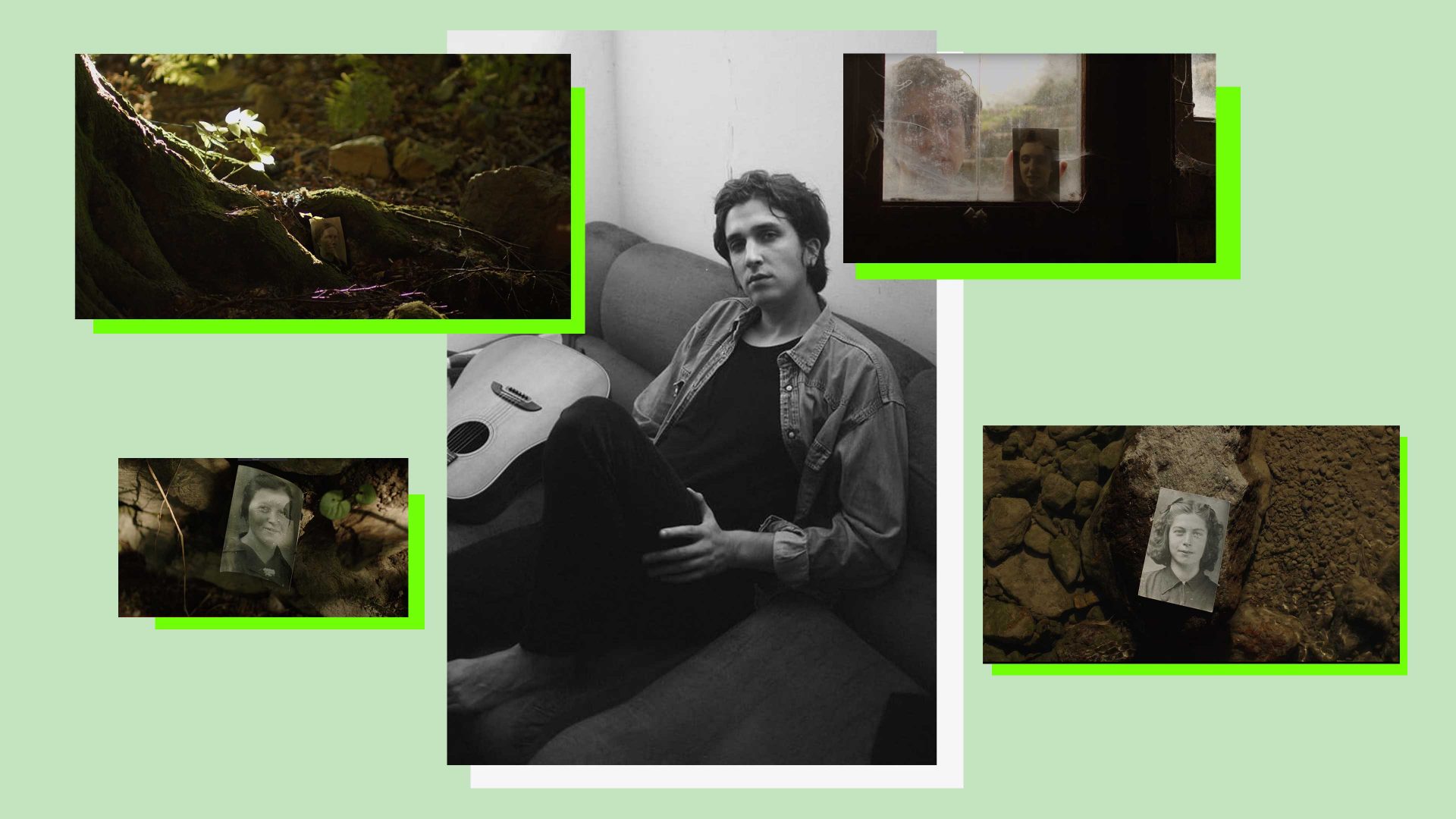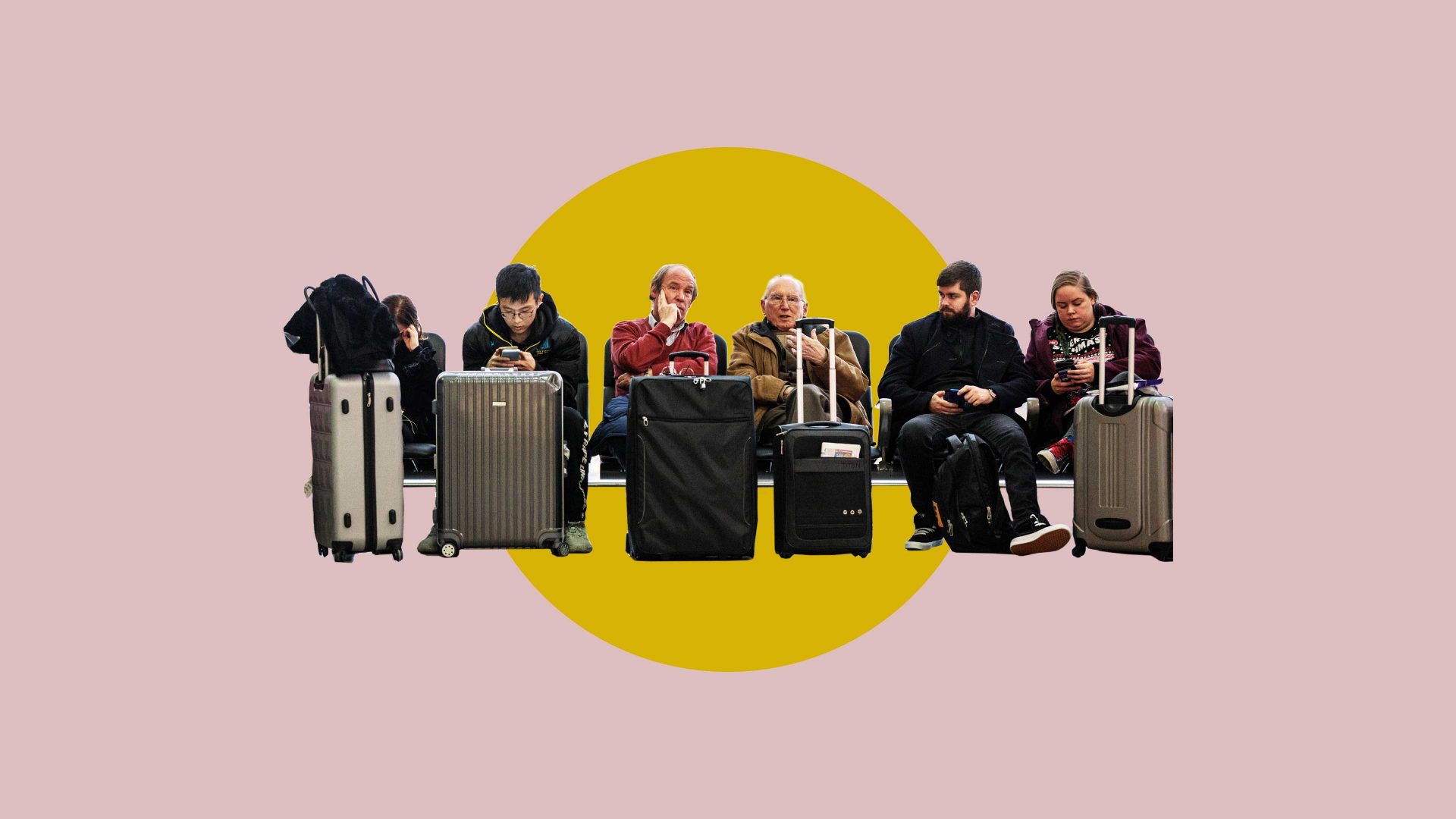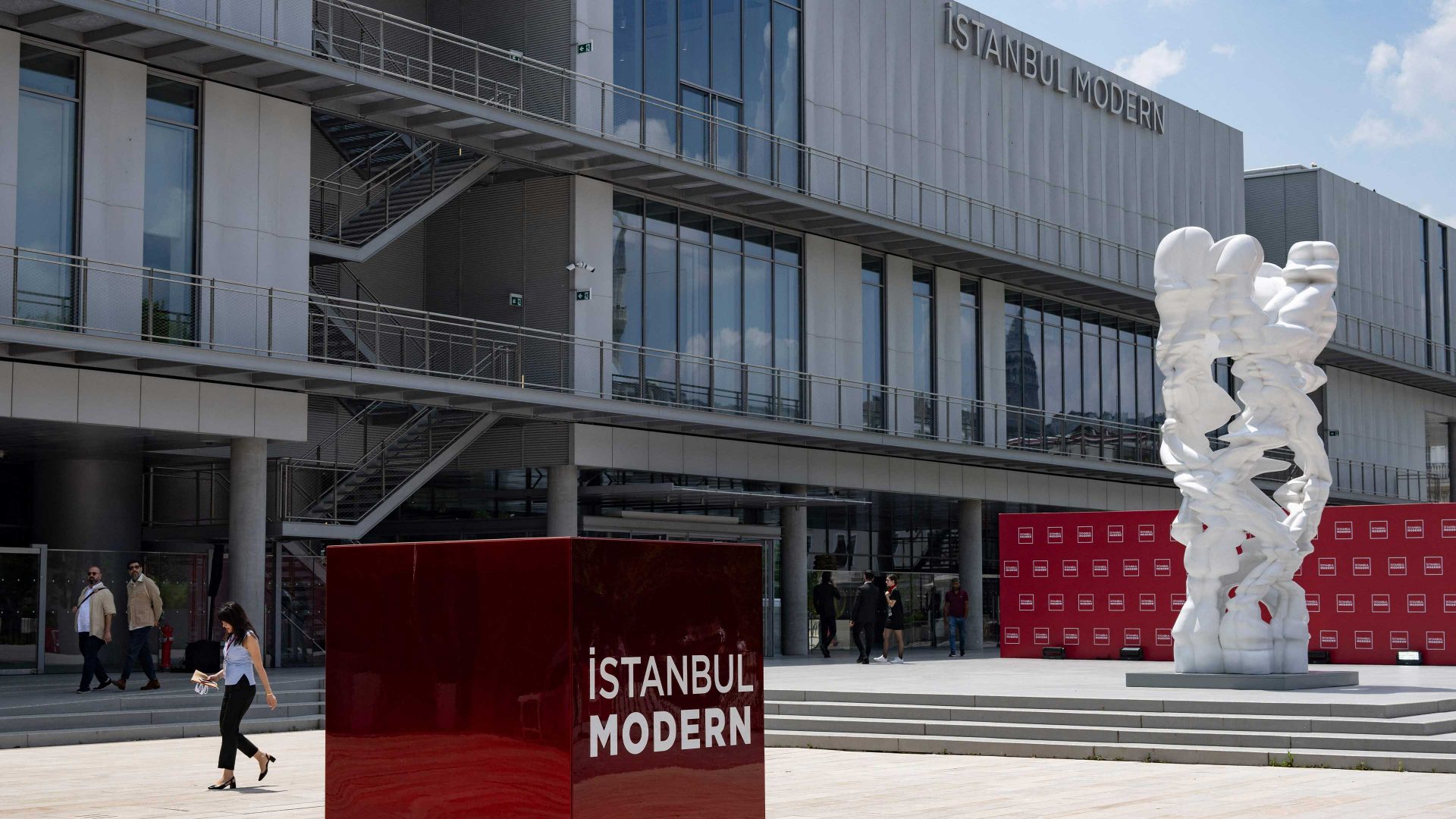The Carnic Alps of Friuli Venezia Giulia are another, ancient world. Spanning Austria and the far north-east of Italy, the 60-mile long limestone mountain range gave its name to the Carnian age of the Triassic period. The Celtic Carni tribe that populated this region were druids, and after the Romans destroyed them, they named the area Carnorum Regio, which was mentioned in writings by Pliny. The all but extinct Carnic language spoken there today is a survival from another European age.
Now, a native Carnic speaker has created music which captures the essential mysteriousness of this liminal region. Massimo Silverio was born in the Friulian village of Cercivento, and his debut LP, Hrudja, released last month, features mainly Carnic lyrics and songs based on the local villotta form of folk song. It is an album which engages with the past world of Silverio’s grandparents, their words with “timbres, melodies and nuances of senses that I have no longer found in those of my peers,” he has said.
On Nijò – ostensibly an anodyne little folk tune, but entirely reoriented by its Steve Reich-esque repetitive percussion – Silverio was inspired by his grandfather’s unvarying response to the question “Dulà vastu, nôno?” (“Where are you going grandfather?”). “Nijò” means “nowhere” but also “everywhere”. The track’s eerie video uses portraits taken by Costanza di Vora, the Cercivento village photographer from the 1930s onwards, placing them among the abandoned and the decaying. They stand for what is both lost and what endures in present memory.
While it mines the past, this is a work that deals with the present too, and the album constantly straddles opposing concepts, its split personality arising from being rooted in a mountainous borderland – one caught between nations, but also between earth and sky.
The contrast between death and rebirth is there in the title. “Hrudja” is the etymological precursor to the Friulian word “Grusa”, which indicates “scab”. The English connotations are fairly negative, but here it’s meant as a symbol of healing. This sense of contrast is found in the album’s sound too. By using everything from synthesizers to the traditional stringed guzla of the Dinaric Alps, rarely has an artist covered such sonic extremes of ancient and modern, of light and shade, on a single album.
The opening tack begins with an ominous blast of deep, droning cello. This diverges entirely from the ethereal, falsetto vocal which sounds to the non-Carnic speaker like wordless emoting. The following track, Criure (meaning both “frost” and “death”), marries this mournful vocal to a near-industrial percussion and queasy electronic elements.
While on Šcune (“cradle” or “life”), Silverio’s beautiful vocals echo as though sung in a mountain valley close to heaven, on the only English-language track, Piel (“skin”), the natural imagery is oddly creepy, like an incantation or a rune poem (“May my frail singing melt/ On your golden skin”).
By the album’s end it seems that Silverio has succeeded in creating a new genre – Alpine Gothic. Like a vampire whispering sweet nothings to you in a cosy snow-covered cabin, this is music full of seductive, dark beauty, with a sense of intimacy that tips over into claustrophobia. But it is also music which shines a light on one of Europe’s most obscure regions and a fast-fading culture.
Sophia Deboick is a freelance writer who specialises in music and cultural icons




